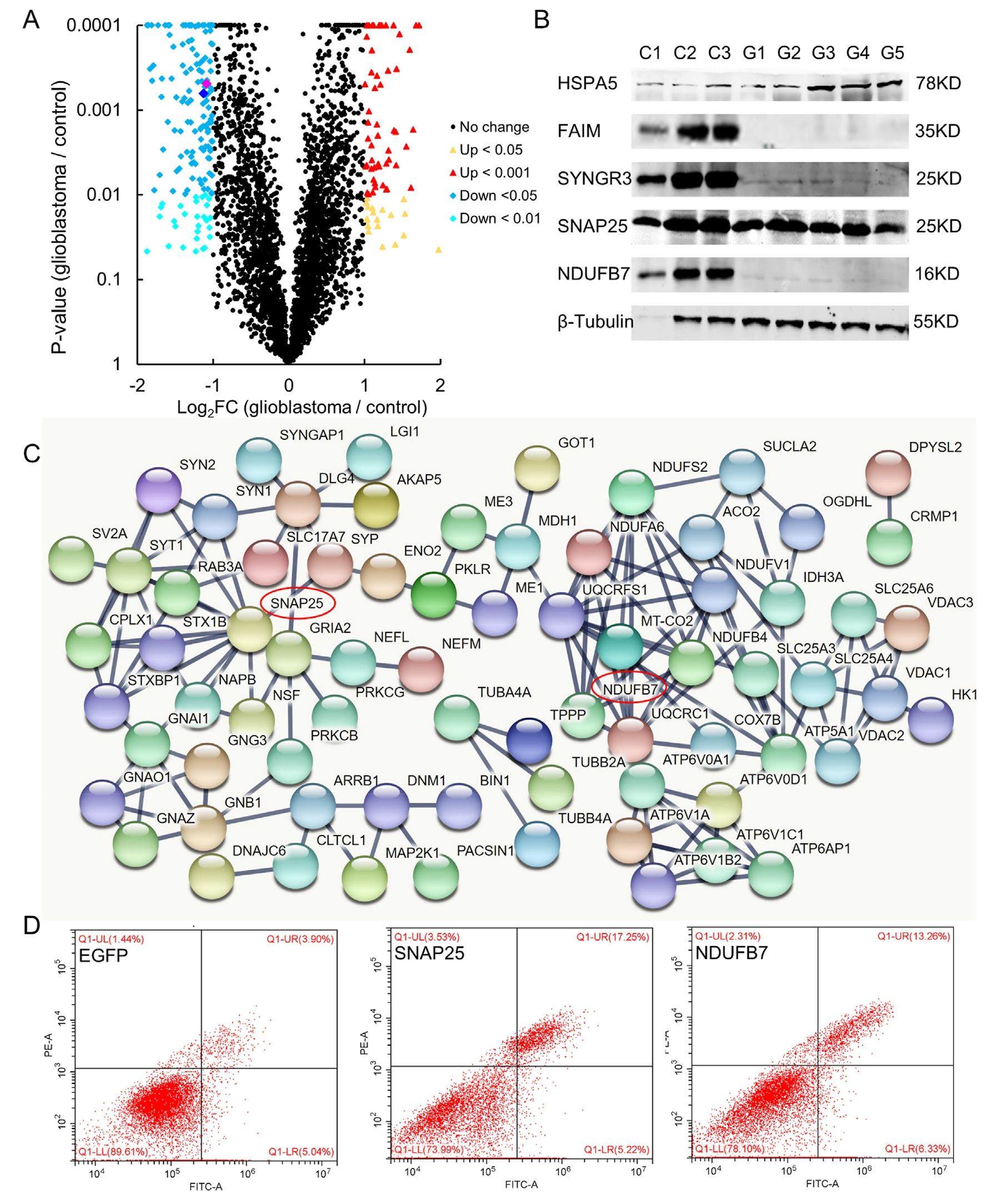
Potential glioblastoma biomarkers identified by mass spectroscopy and iTRAQ labeling


Glioblastoma multiforme (GBM) is the most common primary malignant tumor of the central nervous system. Grade IV GBM is lethal, and has a high rate of relapse despite aggressive therapy. The prognosis is poor because of therapeutic resistance and tumor relapse. Very low rates of clinical responses and frequent treatment failures are common. Previous studies have focused on identifying genetic alterations in GBM that have diagnostic and prognostic values and may help to define the subclasses of the GBM patients, including mutations in isocitrate dehydrogenase 1 (IDH1), amplification of epidermal growth factor receptors (EGFR), and mutations and polymorphisms of telomerase reverse transcriptase (TERT) promoter. These markers are useful for identifying the pathogenesis of malignant glioma formation, but they are all associated with tumorigenesis and do not currently influence the treatment of most GBM patients.
